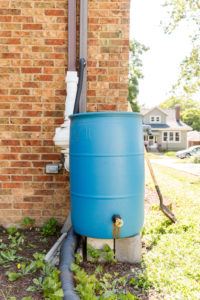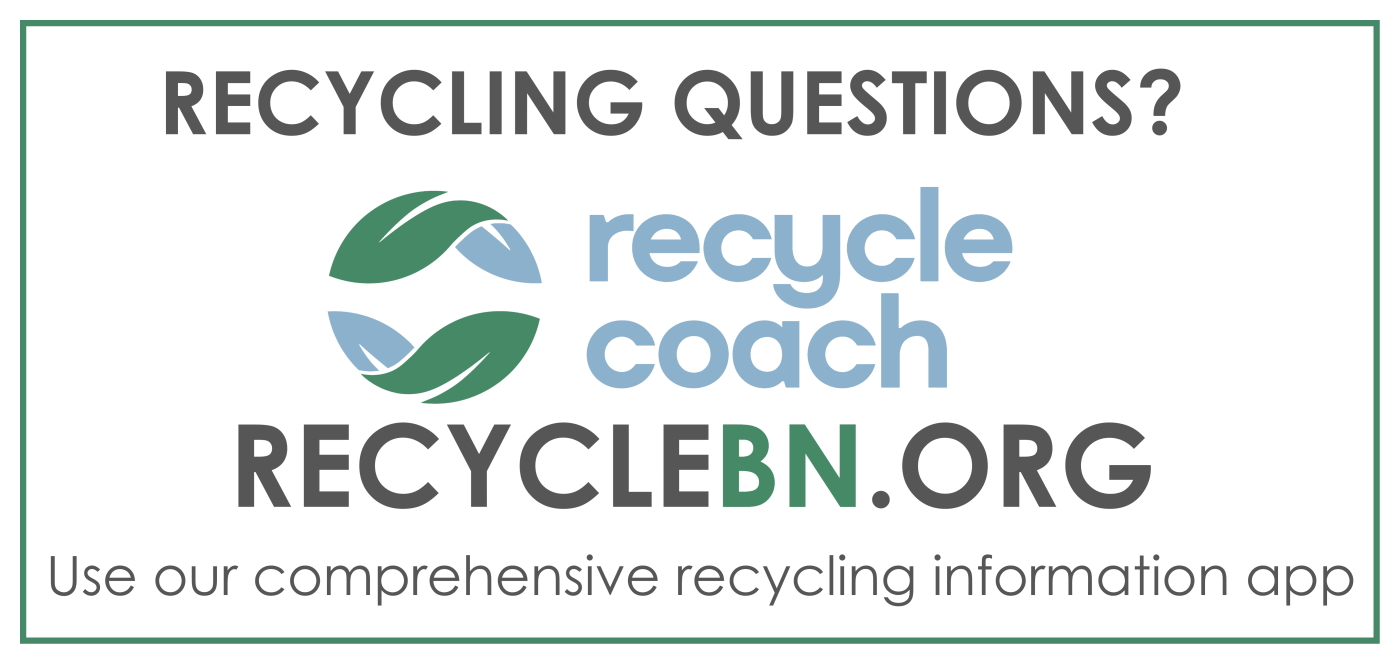Harvesting Rainwater with Rain Barrels, and Old Idea with a New Following
Collecting rainwater for use during dry months in rain barrels or other depositories is an ancient and traditional practice. Historical records show that rainwater was collected in simple clay containers as far back as 2,000 years ago in Thailand, and throughout other areas of the world after that. With the rising price of municipal water and drought restrictions now facing much of the United States during the summer months, more and more homeowners in our own modern society are turning to the harvesting of rainwater to save money and protect this precious natural resource.

Ecology Action Center high-quality 55-gallon rain barrels are $85 each plus sales tax. EAC members receive a discounted price. Click on this image to purchase.
It is a common belief in many parts of the world that water is an infinite resource to exploit as needed, but as the saying goes, “you don’t know the value of water until the well is running dry.” This is especially true in arid parts of the U.S. where most of the municipal water comes from overstressed underground aquifers. Whereas rainwater is considered a renewable natural resource, many aquifers are being “mined,” that is, communities are drawing out more water than the aquifer naturally receives to recharge it.
As drought begins to call attention to an increasing water crisis, people are seeking ways to minimize impact on their municipal water supplies. Rain barrels can be part of the solution. Just look outside your window the next time it rains and imagine all the water that is running down your driveway being put to beneficial use in your home and garden!





